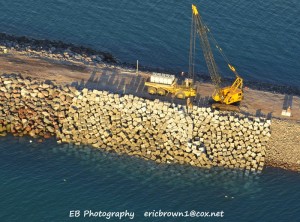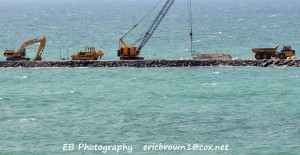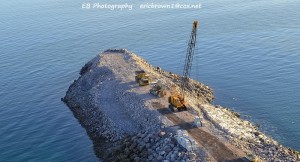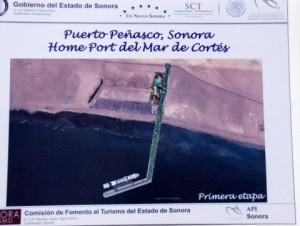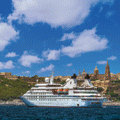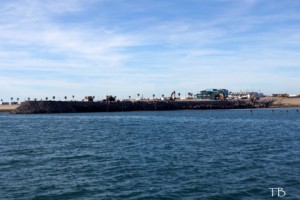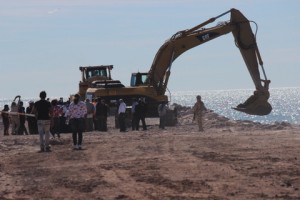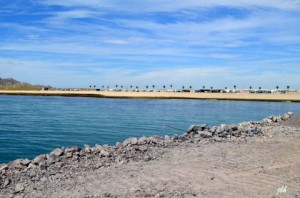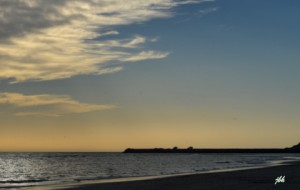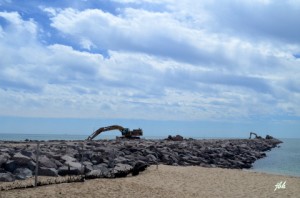Even with only 30 of the world’s 2000 cruise ports, North America remains the dominant market with a global share of 55.5%. The U.S. truly drives the world’s cruise market, contributing $44.1 billion to the U.S. economy generating 363.133 US jobs paying wages of $18.3 billion. The cruise industry impacted the economies of all 50 US states in 2013…
Read More
As cruise lines project into the future, a concern is that major routes like the Caribbean, the bread and butter for most of the large cruise companies, will not be able to keep up with market growth. In the past they had been concerned with the same issues as they related to the smaller “exotic” destinations…
Read More
In Part V of our impact study we discussed ways a destination like ours could duplicate the very effective methods cruise lines have been using for forty years that have led to their continuous growth. That is to ask questions and listen to the answers, then give them more than they asked for.
Before we delve too deeply into the marketing science of garnering the valuable information that reveals what would make a cruise passenger a potential vacationer to our little slice of paradise by the sea, let’s take a macro look at the complex considerations of cruise operators just to select ports of call and itineraries.
Read More
In Part II of our ongoing series about the impact our home port will have on Puerto Peñasco, we established how and why the cruise passenger market is such a different breed of tourist than all the other segments in the industry, and how the cruise industry benefits from knowing more detail about their passengers’ cruise experience than any other provider of tourist services in the industry.
To summarize the cruise passenger mindset from what the industry has learned and on which the industry stays über current: A spoiled passenger is a satisfied passenger, which makes for a repeat passenger. Simple enough, right? The simple answer is, yes, it is a simple formula.
Read More


